South Korea’s Hanwha favourite to supply ADF $18bn in infantry vehicles
Defence giant Hanwha is the favourite to supply the Australian Army’s next-generation infantry fighting vehicles in an $18bn deal.
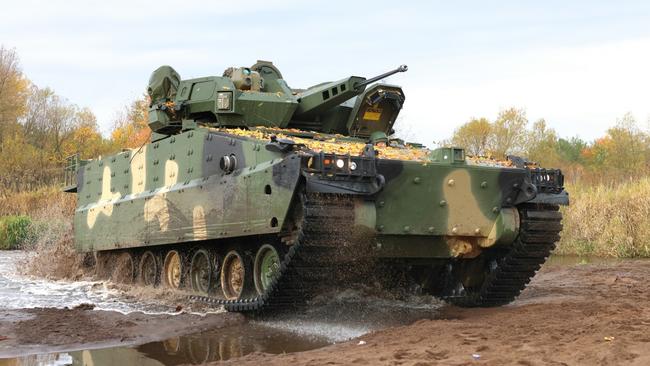
South Korean defence giant Hanwha has emerged as the late favourite to supply the Australian Army’s next-generation infantry fighting vehicles in a contract believed to be worth about $18bn.
The Australian understands the army recommended Hanwha’s Red Back vehicle over its German rival based on its performance during extensive tests, but the decision is still to be signed off by the national security committee of cabinet for inclusion in the upcoming defence strategic review.
The tender was originally for 450 of the tracked vehicles worth up to $27bn, but the need to free up money for advanced new capabilities including guided missiles and unmanned systems has forced the contract to be trimmed to about 290 vehicles.
Germany’s Rheinmetall was seen as the early frontrunner thanks to strong marketing of its Lynx vehicle and the fact that it would be produced at the company’s facility in Queensland, which produces the army’s Boxer combat reconnaissance vehicle.
However, multiple sources have told The Australian the South Korean vehicle was well positioned just weeks out from release of the defence strategic review, expected in early April.
Sources said the South Korean vehicle outperformed its German rival over 12 months of testing by the army.
Soldiers travelling in the Rheinmetall vehicle complained about excessive levels of noise in the cabin, while the German vehicle was said to have suffered more mechanical problems than the Red Back.
Poland’s recent announcement it would purchase the Red Back, named after the aggressive Australian spider, is likely to add momentum to its bid, offering a critical mass of users and potential export orders for Australian-built vehicles.
Australia’s need to engage more closely with South Korea – a key Indo-Pacific player – is also likely to play a strong role in the final decision, whereas Germany was roundly criticised by Western partners for being too slow to provide significant support to Ukraine.
South Korea’s defence acquisition program head Eom Donghwan attended the Australian International Airshow in Victoria this week for meetings with Australian suppliers and Defence Department counterparts.
Infantry fighting vehicles are heavily armoured “battle taxis” that can deliver soldiers into heavily contested areas in relative safety. They can take out enemy vehicles and troops with anti-armour missiles, 30mm cannon and multiple machine guns.
The army has been desperate to acquire vehicles to replace its ageing M113 armoured personnel carriers, but the tender became controversial because of its cost.
Chief of Army Simon Stuart told The Australian last year the vehicles were vital to protect soldiers in an environment that was becoming “exponentially more lethal”.
“The infantry fighting vehicle is the last piece of that combined arms fighting system that we need to ensure our people have what they need to get the mission done, and to survive in the future,” he said.
Hanwha is building a new manufacturing facility near Victoria’s Avalon Airport, where it will produce its K-9 self-propelled howitzer – dubbed the Huntsman – for the army, and potentially the Red Back.
The site is in Defence Minister Richard Marles’s electorate of Corio, prompting him to recuse himself from the decision-making process on the long-awaited capability.
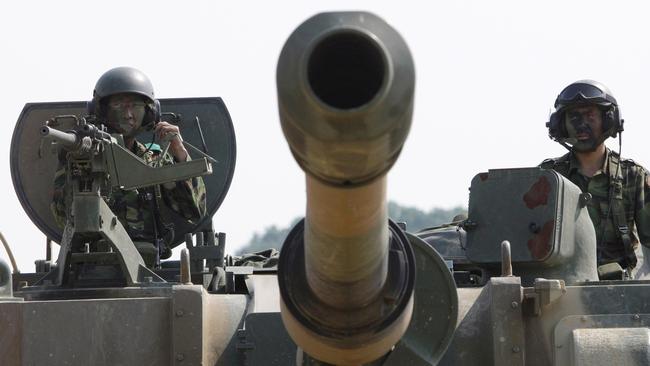
The Red Back poses a potential issue for decision-makers because of its use of a turret provided by Israeli-firm Elbit, which was dropped as the supplier of a key battle management system by the army amid concerns over the system’s security certification.
The original specification was for a turret produced by Australian company EOS, which Hanwha could switch to if required.
The defence strategic review is set to fast-track the acquisition of new long-range and unmanned weapons platforms to deliver what Mr Marles has termed “impressive, inspirational projection”.
Rumours are sweeping the defence industry that the RAAF’s $1.3bn Triton reconnaissance drone program could be cut in favour of an armed platform, while the navy’s troubled Hunter-class frigate program could be scaled back from the current nine ships on order to free up money for three new guided-missile destroyers.
The review is also believed to recommend the procurement of at least six new corvette-style warships armed with guided missiles and new unmanned submarines.
Scott Morrison and then South Korean president Moon Jae-in signed an agreement to boost bilateral defence industry ties in late 2021, and elevated the Australia-South Korea relationship to the status of a comprehensive strategic partnership.


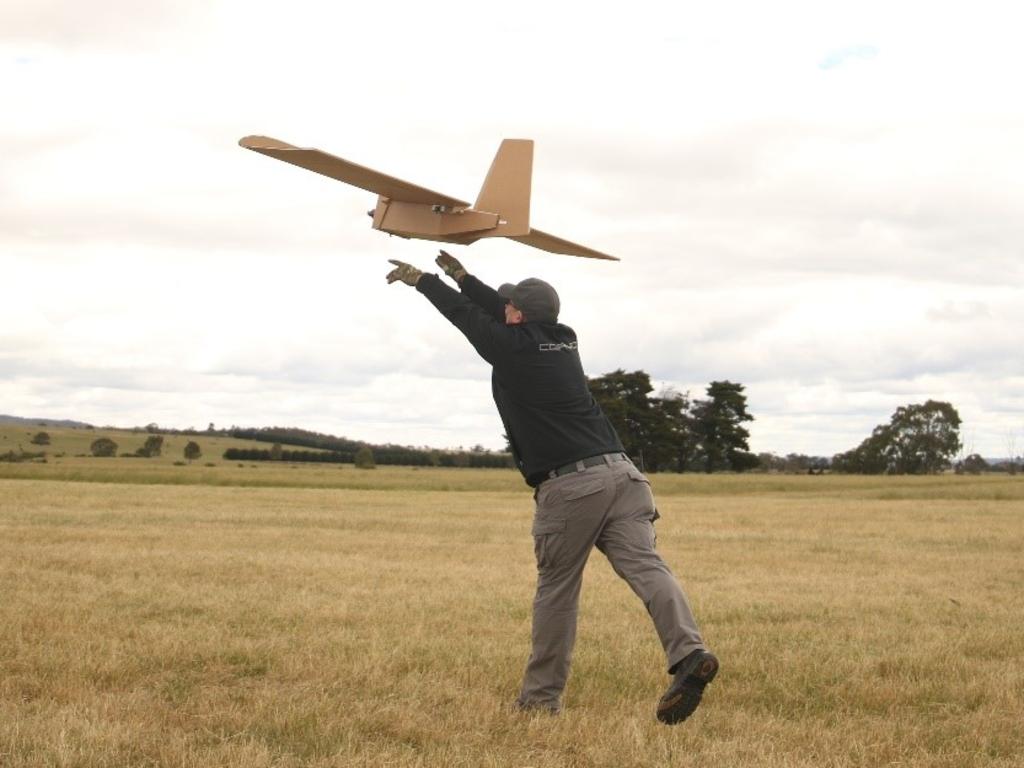
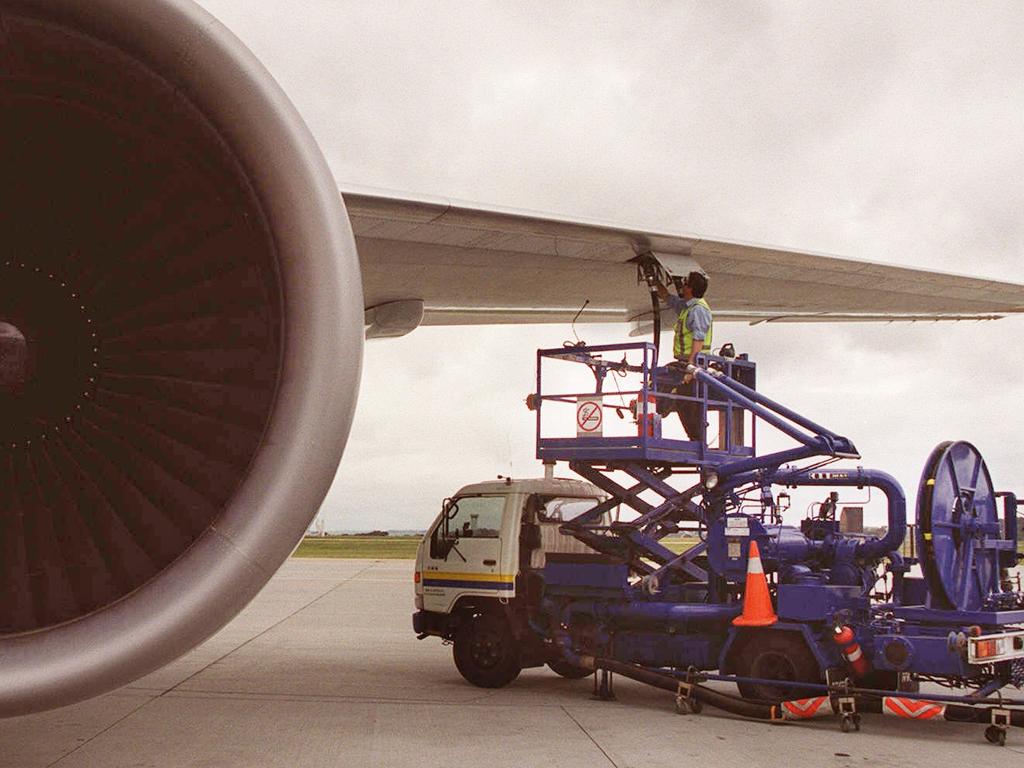
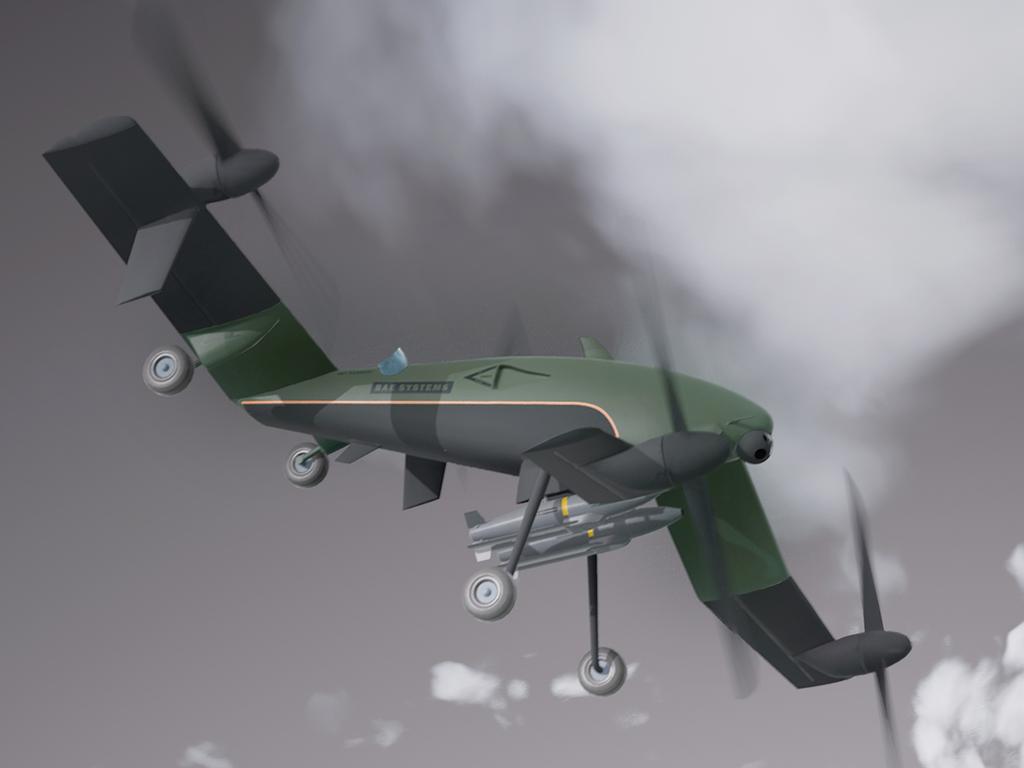



To join the conversation, please log in. Don't have an account? Register
Join the conversation, you are commenting as Logout